Recently, we were asked to help a group of local women launch new business ventures through a two-day business bootcamp. The ‘Just Start Already’ workshop was hosted by The Treasury – a coworking space and membership club for women in Oklahoma City – and it featured in-depth classes taught by professionals in the legal, accounting, marketing, and business consulting sectors.
So, if you have a killer idea for a business but have no idea where to start, here are the financial steps that will be the foundation of your new company.
Build a detailed, best-guess budget into your business plan. Your budget should outline your incoming revenue and cost of goods sold – or, how much money is coming in and then going out to create your product or deliver a service? Then, estimate your fixed expenses like rent, utilities, and salaries as well as your fluctuating expenses like marketing and travel to calculate your total operating expenses. You’ll want to look at your bottom line net income quarter by quarter for the first year and project a few subsequent years to understand when you’ll start making a profit.
Choose your entity structure wisely. Whether to establish your business as a single-member LLC, partnership, S or C corporation is an important decision. It affects everything from accounting and record-keeping requirements to liability, taxation, and fringe benefits for owners. Make this decision carefully with an experienced attorney.
Open business bank accounts. Your bank will need to see your Secretary of State registration, Articles of Organization, Certificate of LLC, and social security number or federal employer identification number and operating agreement in order to open business bank accounts. Once these are open, be sure to keep personal expenses separate or you’ll risk opening your personal assets to possible seizure if your company ever gets sued.
Decide how to fund your company. If you don’t have cash on hand to start your business, you can explore financing through a local bank or a private investor. It’s important to explore all options – including operating loans and lines of credit – and learn the pros and cons of each. For example, a private loan from a friend or family member could mean a lower interest rate and flexible payment options. However, the funds can come with strings attached, and the costs of lost control or relationship risk can be greater.
Secure business insurance. When you’re striving to control costs in your first year of business, paying for insurance policies could seem unnecessary. That couldn’t be further from the truth when one big loss could take you under. If you give advice, own furniture and equipment, or employ people, you should look into errors and omissions, personal property, and workers compensation insurance as well as an umbrella policy to cover gaps or coverage limitations.
Set up your accounting software. You’ll need to decide whether you plan to set up and maintain accounting tools like Quickbooks yourself or outsource this to a professional so you can focus on your business. Although the system is used by many small business owners, it’s important things be set up correctly on the front end and reported consistently. Don’t overcomplicate things. Tracking only what you need to. And review bank reconciliation and accounts receivable reports regularly to catch mistakes.
Carefully consider hiring employees. As your business grows, it’s exciting to hire your first employee, but it’s important to calculate their total cost including benefits and taxes. Often, it’s better to use independent contractors for as long as possible because the IRS does not mess around if you get behind on payroll taxes.
Update financial statements at least quarterly. QuickBooks can help you prepare a profit and loss statement, where actual income and expenses are compared to your anticipated budget at the close of each quarter. Keeping this information up to date will help substantially when it comes time to prepare your business tax return and might be required by your investor or banker. Additionally, you’ll want to prepare an updated balance sheet showing the business assets, liabilities, and equity, which is also available in QuickBooks.
Save for taxes. The QuickBooks payroll module can help you ensure these get paid on time, but it must be set up correctly to send reminders. Unless your business is set up as a C corporation, income tax is paid on your portion of the business net income on your personal tax return. The amount you’ll pay varies by your tax rate, but saving approximately 30% is a good rule of thumb.
File your tax return. Saving for and paying taxes is not the same as filing a tax return. If you’re a single-member LLC, you must file a Schedule C on your personal 1040. Other entity structures must file a separate business tax return, and several states require S corporations to file a state franchise tax return. And if you have employees, don’t forget to issue W2s and 1099s by the Jan. 31 deadline.
Feeling overwhelmed? Financial management is a big part of running a business, and if you have your hands full with other tasks, hiring an accountant can be a big relief to ensure things are completed accurately and on time.
Blog by Avadelle Hibbets, Chief Financial Officer.
Category: Tax and Accounting Team




